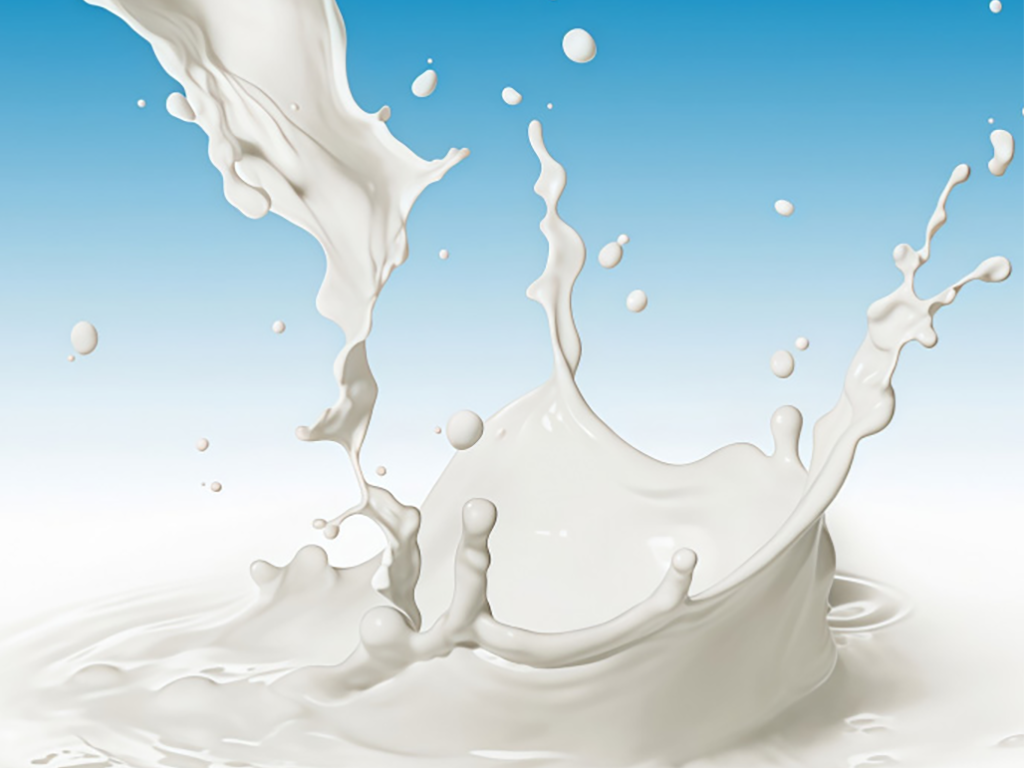Octyl acrylate synthesis routes primarily involve esterification of acrylic acid with octanol, optimized for efficiency, purity, and scalability. The dominant route is direct acid-catalyzed esterification: acrylic acid (CH2=CHCOOH) reacts with 1-octanol (CH3(CH2)7OH) in the presence of a catalyst (e.g., sulfuric acid, p-toluenesulfonic acid, or solid acid catalysts) under reflux (80-120°C). A water separator removes byproduct water, shifting equilibrium to favor octyl acrylate (CH2=CHCOO(CH2)7CH3) formation, achieving yields >95%. Post-reaction, the crude product is neutralized with a base (e.g., sodium carbonate) to remove acid, washed to eliminate salts, and purified via fractional distillation to ≥99% purity. Alternative routes include transesterification, where methyl acrylate reacts with octanol using alkoxide catalysts, useful when acrylic acid is costly. Advanced routes use heterogeneous catalysts (e.g., zeolites) to simplify separation and reduce waste, or enzymatic catalysis for milder conditions, aligning with green chemistry trends. Fully automated systems control temperature, pressure, and reactant ratios to ensure consistency, with inhibitor addition (e.g., hydroquinone) preventing polymerization during storage. These routes, including those employed by E Plus Chemical Co., Ltd., balance efficiency and sustainability, producing high-quality octyl acrylate for industrial applications.
